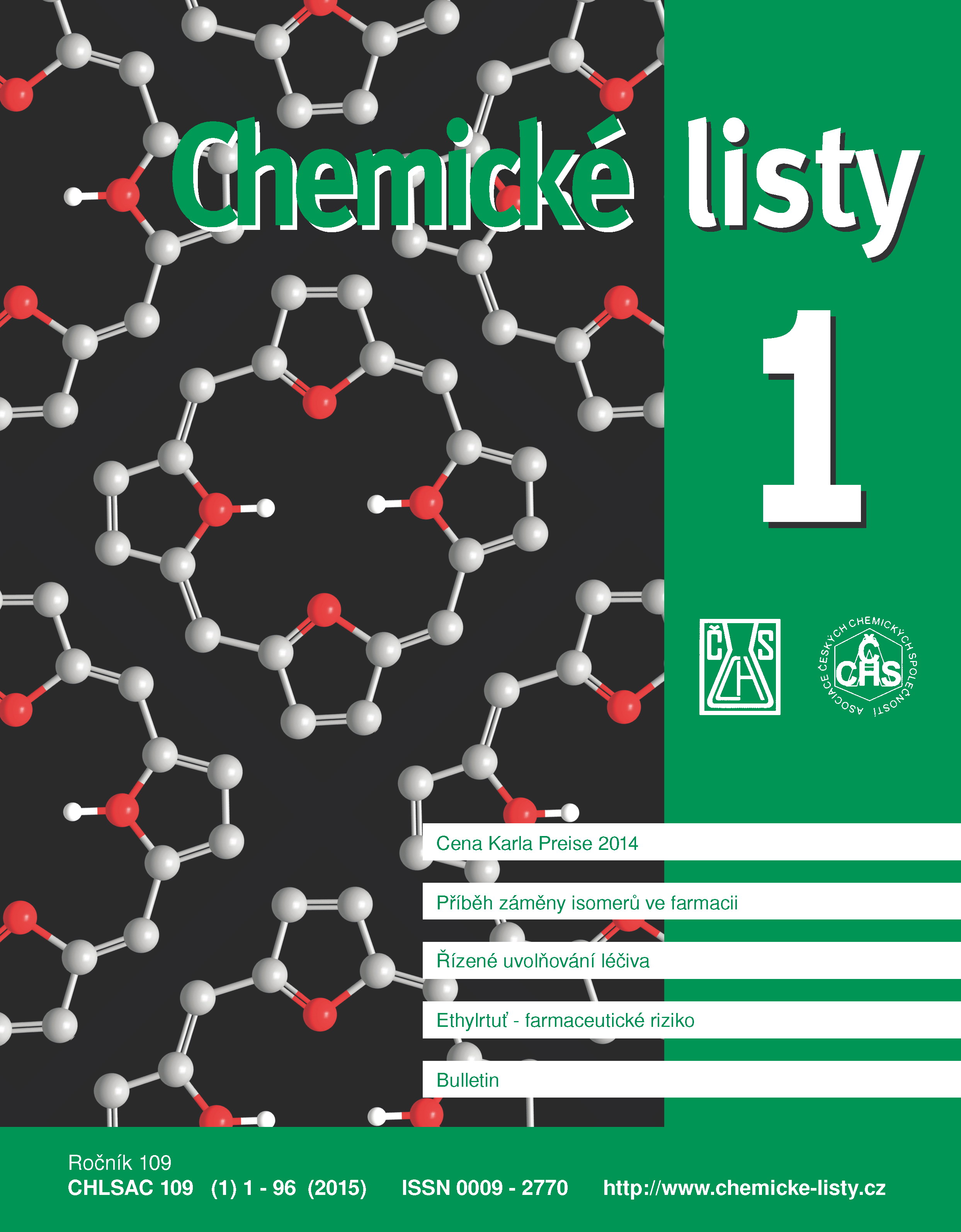The Flow-Through Dissolution Method and Its Application Potentials
Keywords:
dissolution test, flow-through cell, nanoparticles, stents, implants, inhalation medicamentsAbstract
Flow-through cell dissolution method was implemented in pharmacopoeias in 1990 and since that time its usage significantly increased. It is employed in oral dosage forms with controlled drug release to measure dissolved drug amount within particular time intervals and to characterize pure drug properties (apparent dissolution). Modified flow-through cell is used to determine the drug dissolution from lipophilic dosage forms such as suppositories and soft capsules. Recently, few modifications of this method were published in order to provide drug release studies from parenteral controlled release products and inhalation dosage forms. Review article is presenting last innovations in this area, i.e. new adjustment and arrangement of flow-through cell method, to assess drug release from implants, micro- and nanoparticulate systems, stents and inhalation medicaments in the way more corresponding to in-vivo conditions.





